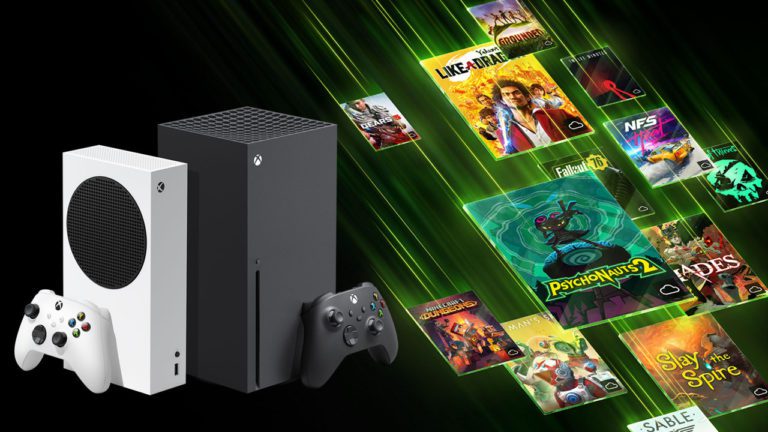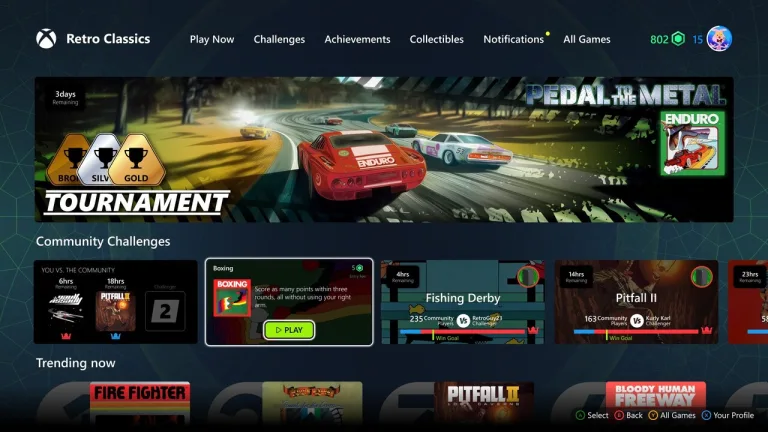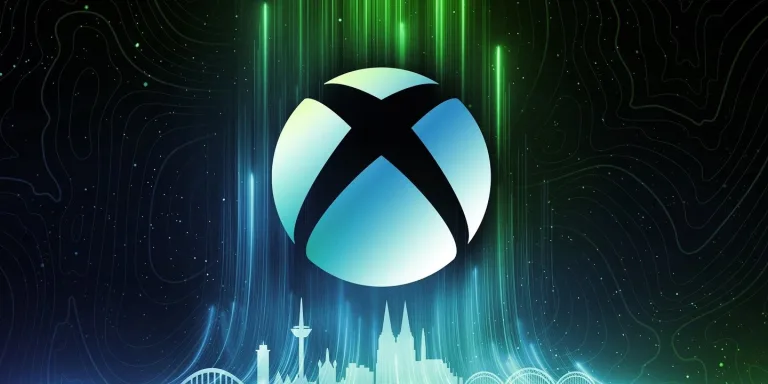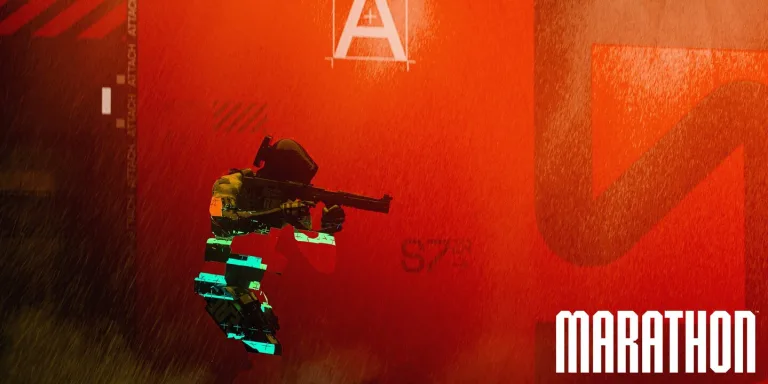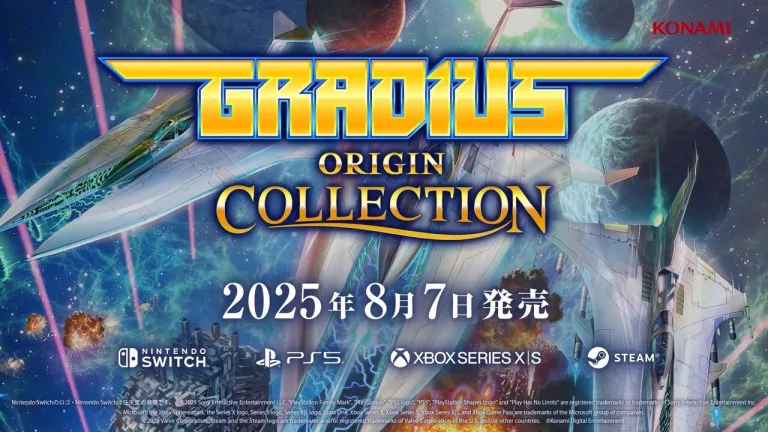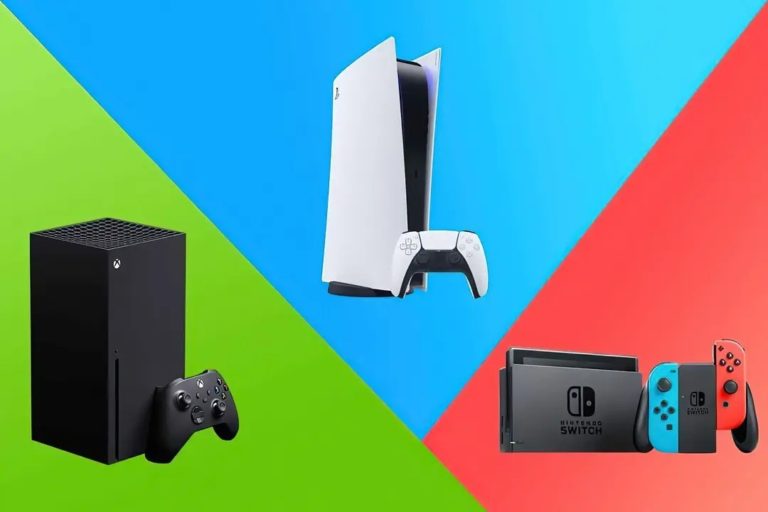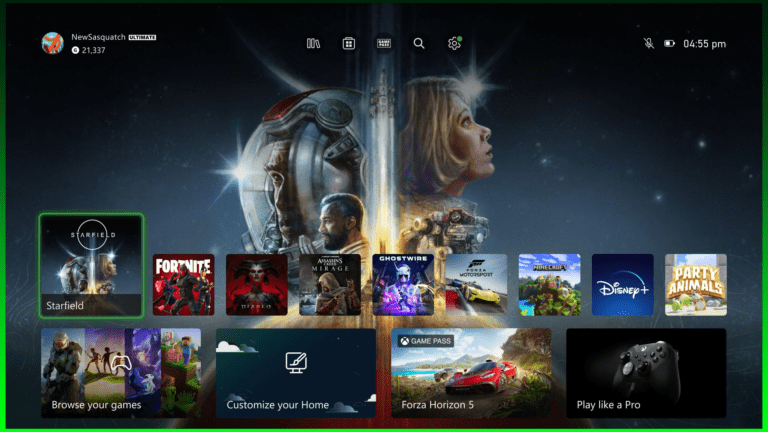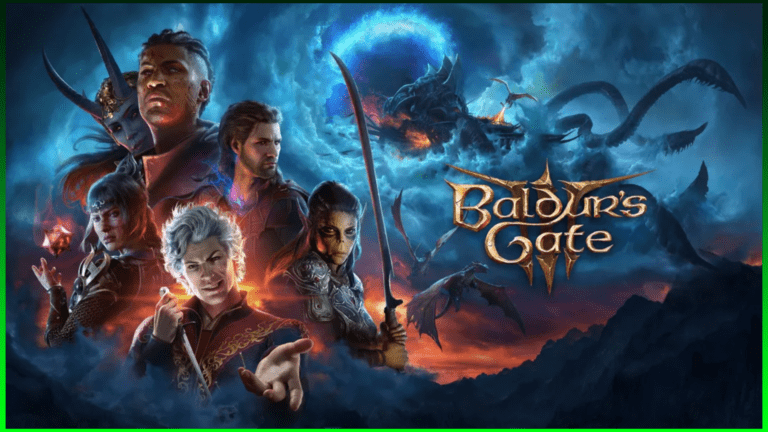The Xbox Series X and Series S are about to get more expensive—again. For the second time...
Xbox Series X
The gaming world received an exciting boost with the Xbox May Update, unveiling new features that cater...
Microsoft has announced a significant price increase across its Xbox product line, affecting consoles, controllers, headsets, and...
Bungie has officially announced the revival of its legendary sci-fi first-person shooter (FPS) franchise, Marathon. This marks...
Konami has officially announced the release of the Gradius Origins Collection, a highly anticipated compilation of classic...
The video game industry experienced a turbulent year in 2024, witnessing a significant decline in hardware sales....
It was almost a year ago that Microsoft announced that all Xbox consoles from Xbox One to...
While Tequila Workshop never said that GYLT was going to die with Stadia, almost 6 months went...
After a lengthy Early Access state where gamers paid for a full release game price with the...


